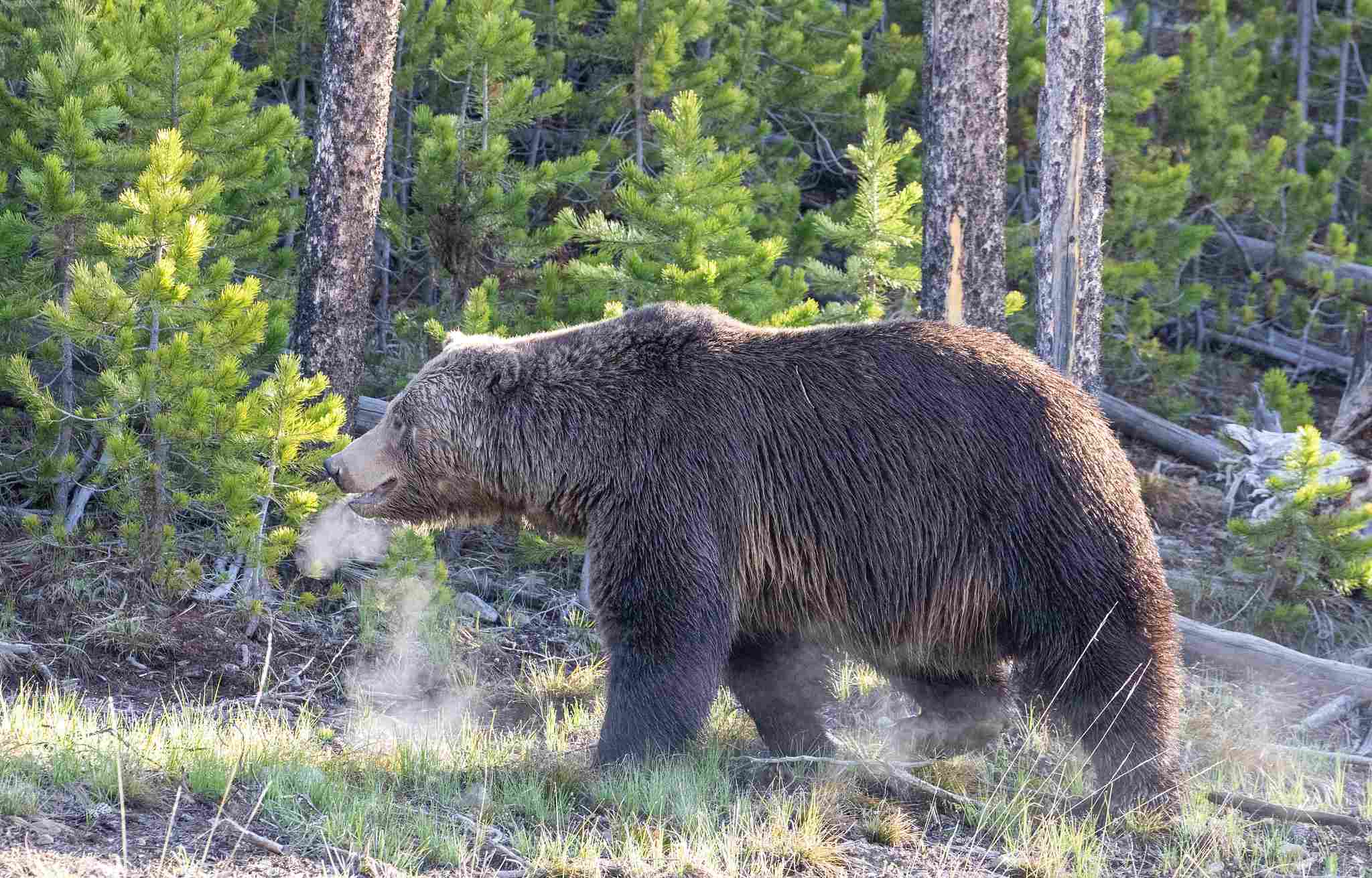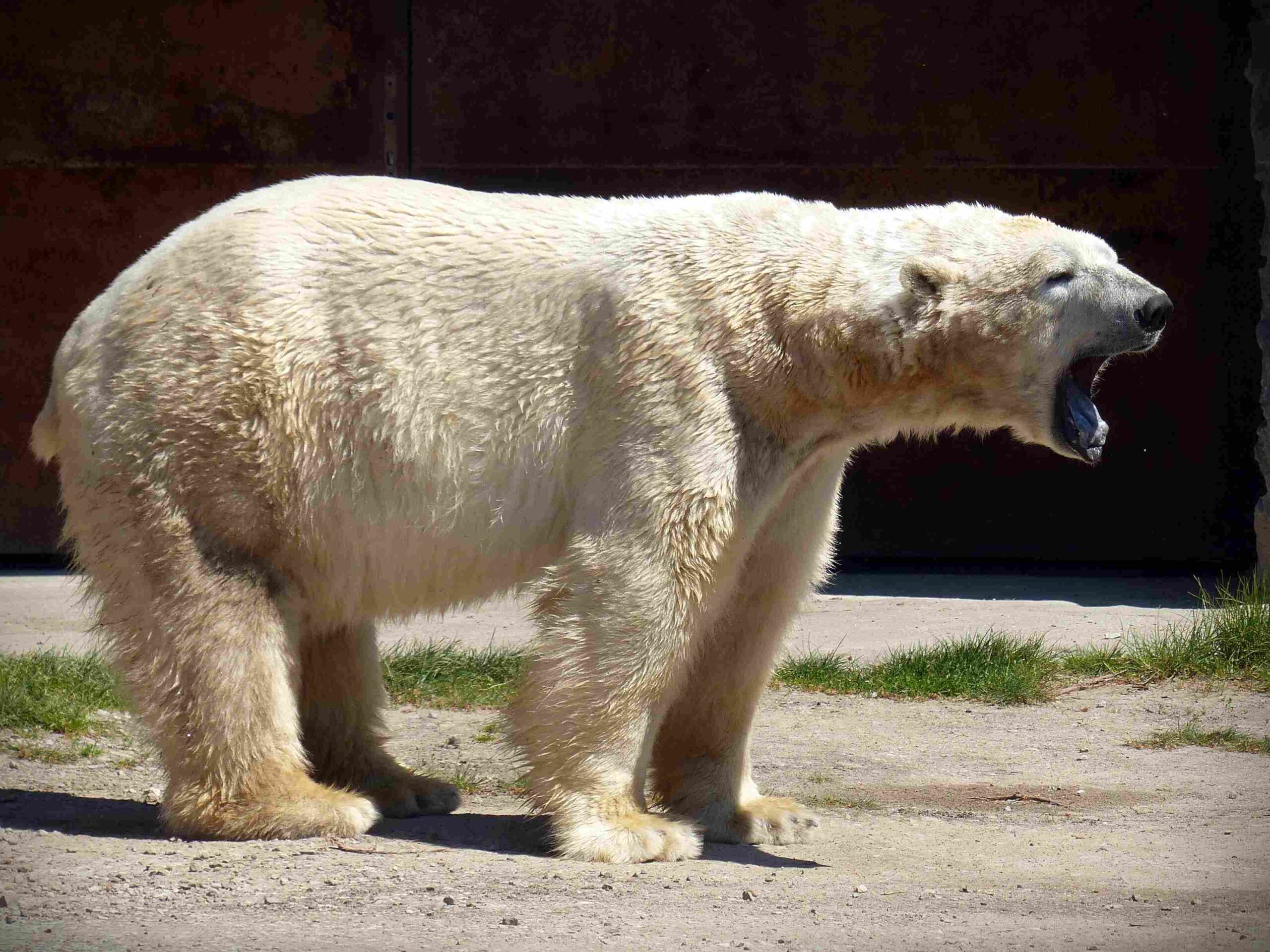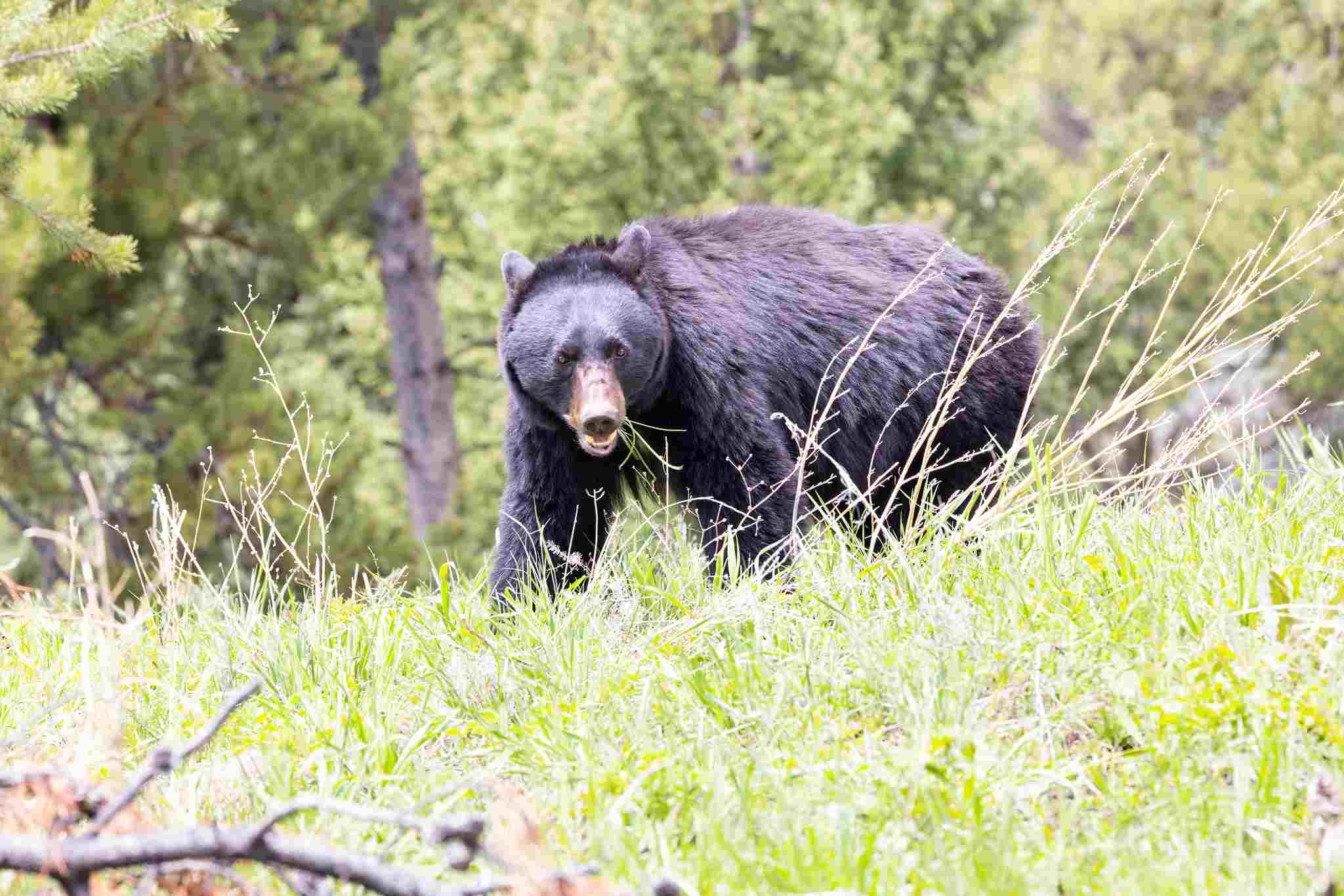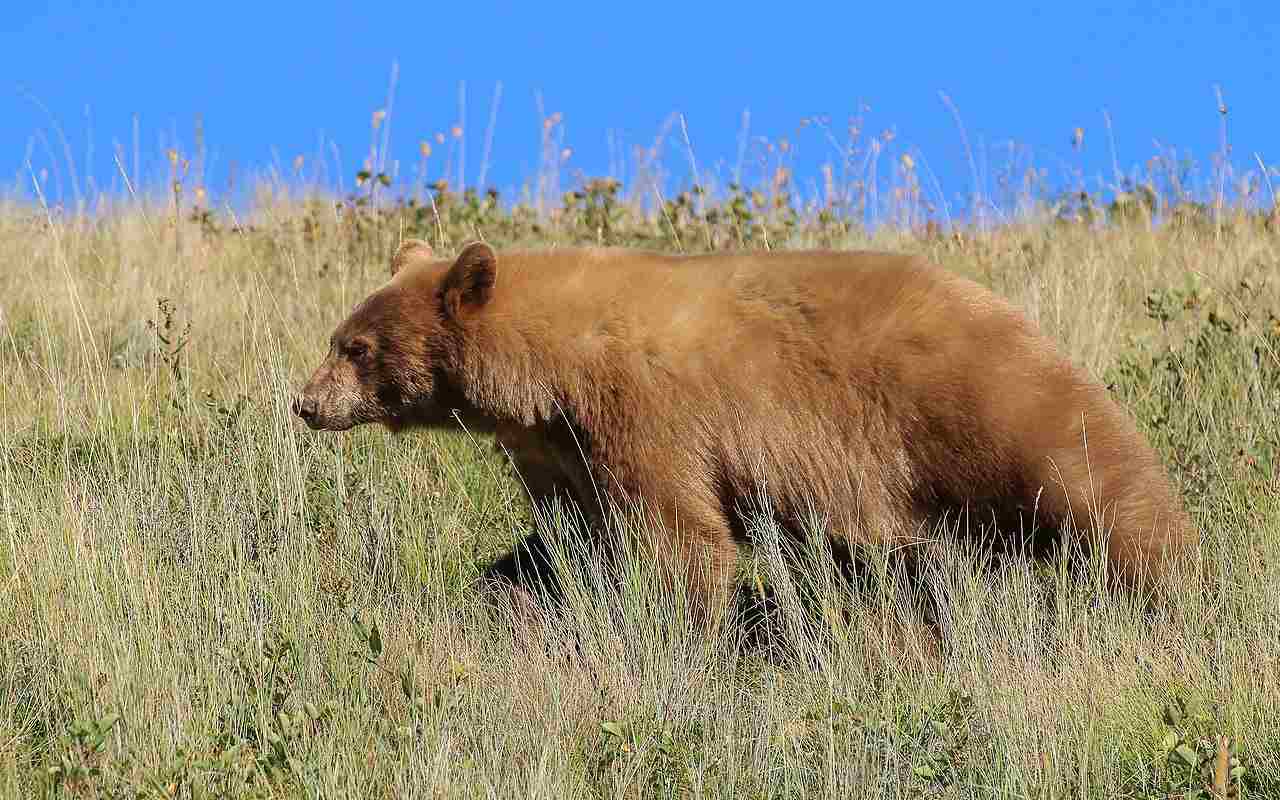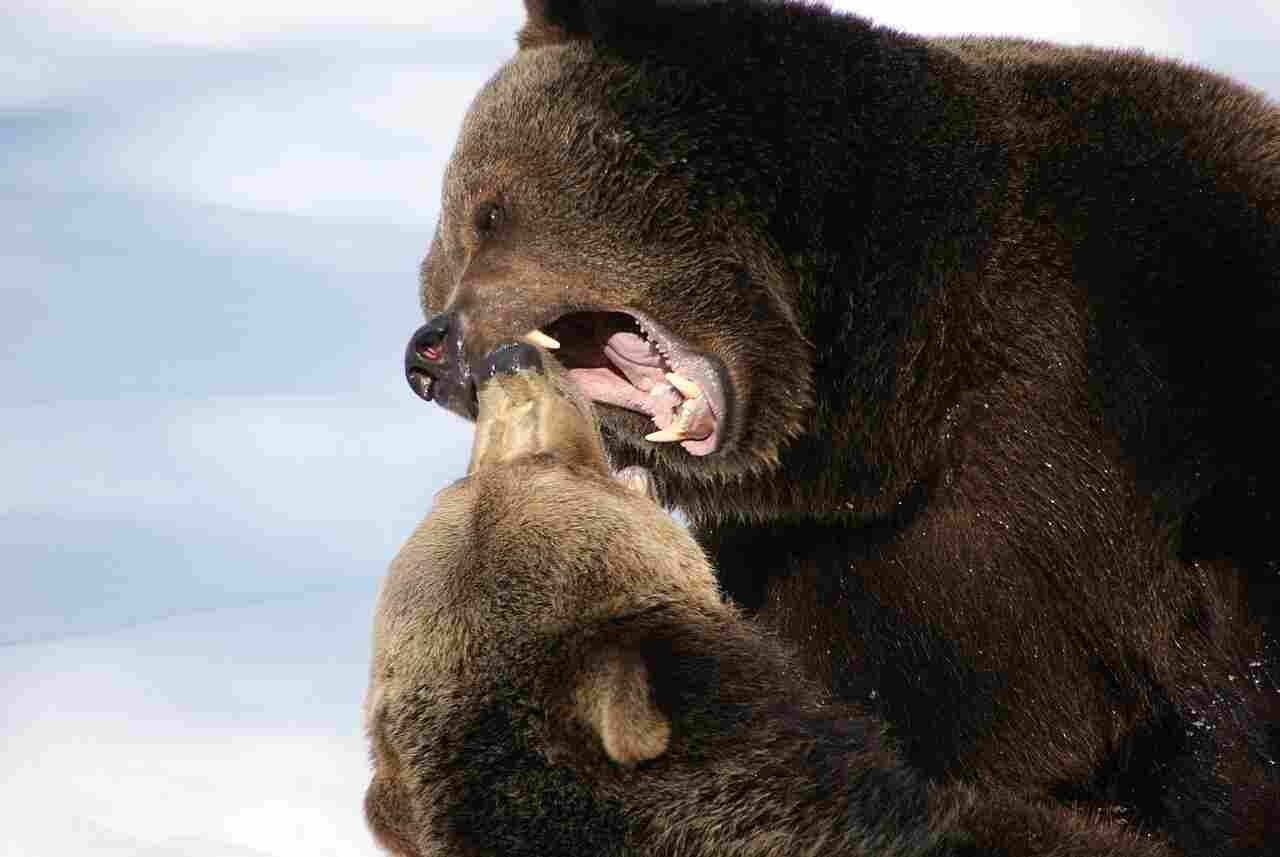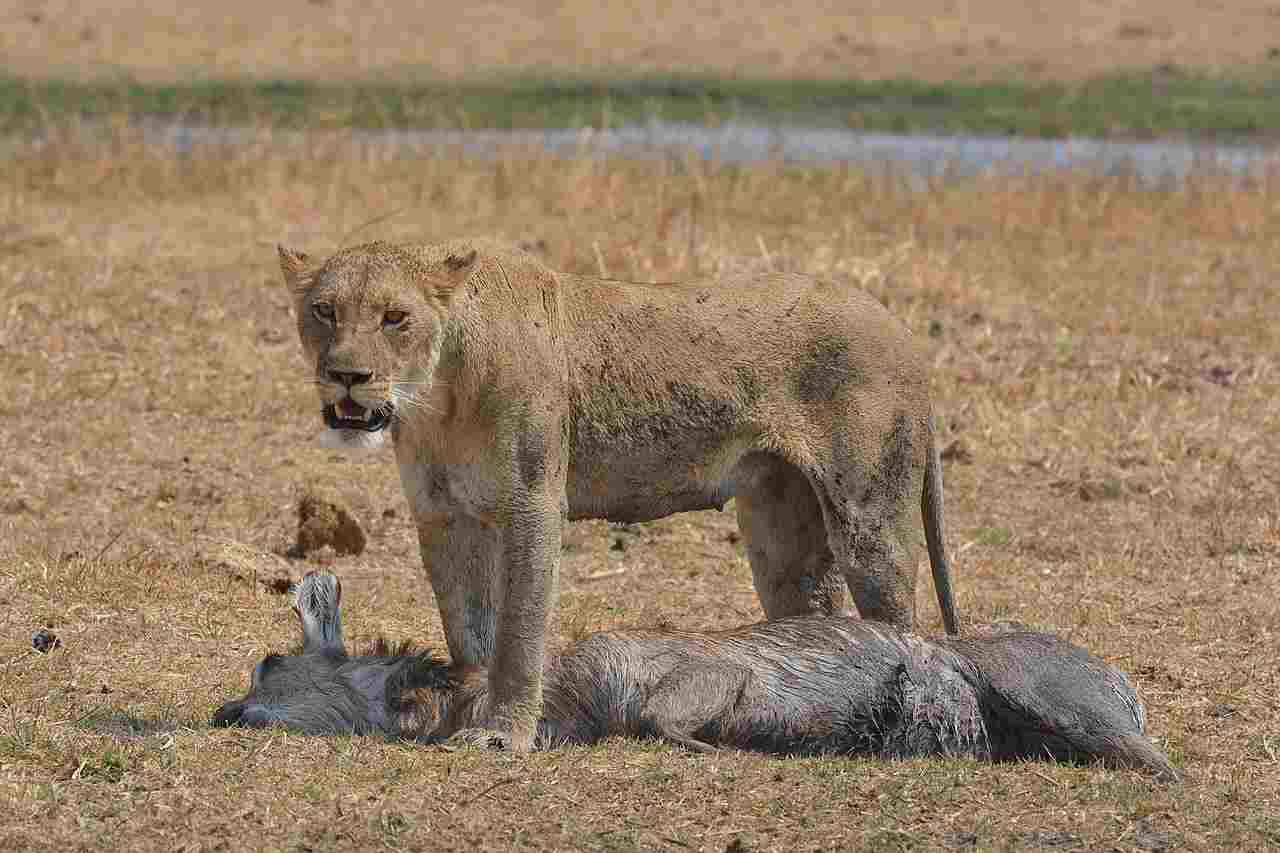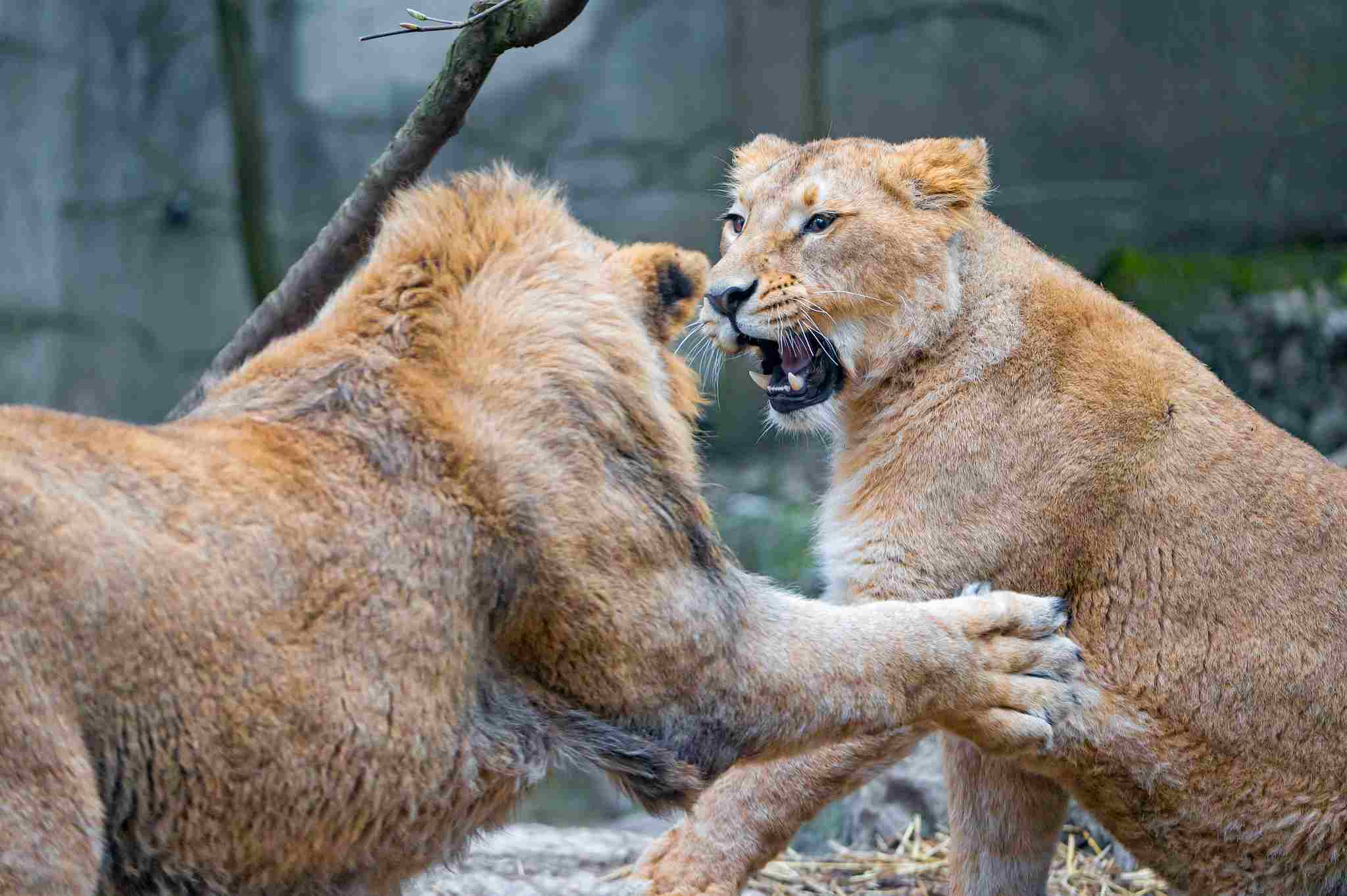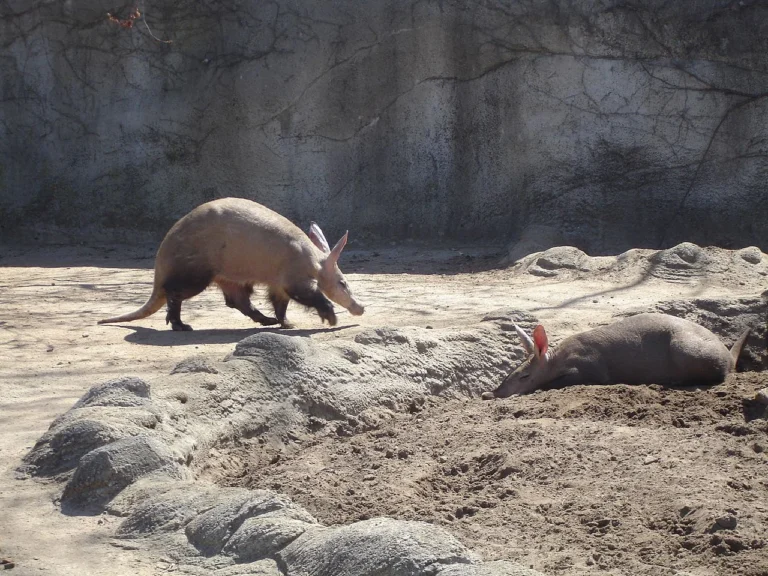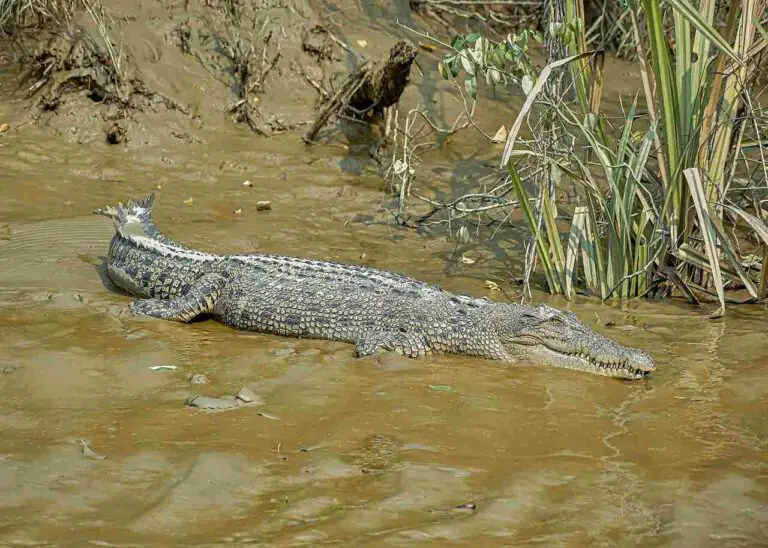23+ Dangerous Animals In Yosemite And Their Characteristics
Examples of dangerous animals in Yosemite are black bears, mountain lions, and Western rattlesnakes. These creatures can pose significant risks if proper precautions are not taken. Black bears are omnivores that might become aggressive if they feel threatened or are searching for food, while mountain lions are elusive predators that can attack if they feel endangered. Western rattlesnakes use their rattle as a warning signal, and their venomous bites can be dangerous. By being aware of the potential risks and following park safety guidelines, visitors can ensure a safe and enjoyable experience in Yosemite.
1. Black Bear
Yosemite National Park’s black bears are iconic yet potentially dangerous creatures that visitors should treat with caution and respect. These adaptable omnivores are frequently seen foraging for food, especially during the spring and summer months when their diet expands to include berries, nuts, insects, and sometimes even smaller mammals. Although black bears generally avoid human contact, they can become aggressive if they feel threatened or if their access to human food is not properly managed. To ensure safety, visitors are advised to follow park guidelines for food storage and to maintain a safe distance when encountering bears. Never approach or feed these animals, as doing so can increase the risk of aggressive behavior and lead to hazardous encounters. Properly securing food and keeping a safe distance are critical for both visitor safety and the well-being of Yosemite’s black bear population.
2. Mountain Lion (Cougar)
Yosemite’s mountain lions, also known as cougars, are stealthy and elusive predators, typically avoiding human contact. Despite their reclusive nature, these large cats are capable of powerful attacks, especially if they feel threatened or are hunting prey. They prefer densely wooded or rocky areas and are most active at dawn and dusk. If you encounter a mountain lion, do not run. Instead, stand your ground, make yourself appear larger by raising your arms or spreading your jacket, and speak firmly. If the lion charges, fight back to deter it. Awareness of your surroundings and traveling in groups can significantly reduce the risk of a dangerous encounter with a mountain lion in Yosemite.
3. Rattlesnake (Western Rattlesnake)
Western rattlesnakes are venomous snakes commonly found in Yosemite’s rocky and arid areas. Their distinctive rattle serves as a warning when they feel threatened. These snakes typically avoid human contact, but accidental encounters can occur, especially when hiking through rocky or dense vegetation. If you hear a rattle, remain calm and slowly back away. It’s important to keep to established trails and wear sturdy footwear. In the event of a bite, seek immediate medical attention, as rattlesnake venom can be life-threatening. Learning to recognize their presence and following park safety guidelines can help prevent dangerous encounters with Western rattlesnakes.
4. Bobcat
The bobcat, a smaller relative of the mountain lion, is a common sight in Yosemite, often seen prowling the forests and meadows. While generally reclusive and non-aggressive toward humans, bobcats are skilled hunters and can pose a danger if they feel threatened or cornered. They typically hunt small mammals, birds, and reptiles, and are more active during dawn and dusk. Visitors should give bobcats space and avoid approaching them, especially if they seem agitated. If you encounter a bobcat, maintain a safe distance and do not attempt to feed or interact with it. Respecting their natural behavior helps ensure both your safety and the well-being of Yosemite’s wildlife.
5. Coyote
Coyotes are adaptable and often seen in Yosemite, known for their cunning and intelligence. Although generally shy around humans, they can become bold if they associate people with food. Coyotes primarily hunt small mammals but are opportunistic feeders, sometimes scavenging from campsites or trash areas. To avoid attracting coyotes, visitors should properly store food and trash, and never feed wildlife. If a coyote approaches, make loud noises and appear larger to deter it from coming closer. While they typically avoid direct confrontation, maintaining distance and following park guidelines can help prevent dangerous interactions with coyotes in Yosemite.
6. Great Horned Owl
The great horned owl is a majestic and powerful bird of prey found in Yosemite. With sharp talons and keen eyesight, this owl is a formidable hunter, primarily preying on small mammals and birds. Although not typically dangerous to humans, great horned owls can be protective of their nests and may become aggressive if they feel their territory is threatened. Visitors should be cautious around nesting sites and avoid approaching these areas, especially during the breeding season. Maintaining a respectful distance and observing from afar are essential for ensuring safety while enjoying the beauty of the great horned owl in its natural habitat.
7. Gray Fox
Yosemite’s gray foxes are agile and elusive, often seen darting through forests and fields at dusk and dawn. While generally non-aggressive toward humans, they are wild animals and can be unpredictable if they feel threatened. Gray foxes primarily feed on small mammals, birds, and insects, but they are also known to scavenge in areas where human food is available. Visitors should take care to store food properly and avoid feeding wildlife, as this can encourage bold behavior. If you encounter a gray fox, maintain a safe distance and do not approach or attempt to interact with it. Following these precautions can help prevent dangerous encounters with gray foxes in Yosemite.
8. Brown Recluse Spider
The brown recluse spider is a venomous arachnid occasionally found in Yosemite. Although sightings are rare, their bite can be dangerous, causing tissue damage and other serious health issues. These spiders prefer dark, undisturbed areas, so visitors should exercise caution when reaching into hidden places like firewood piles or under rocks. To reduce the risk of bites, it’s important to shake out clothing and bedding before use and avoid placing hands where visibility is limited. If bitten by a brown recluse spider, seek medical attention immediately. Following safety precautions and remaining vigilant can help minimize the risks associated with these venomous spiders in Yosemite.
9. Tarantula

Tarantulas are large, hairy spiders occasionally encountered in Yosemite, particularly in the drier areas of the park. While they might look intimidating, tarantulas are generally not aggressive toward humans. However, they can bite if provoked, and their bites may cause mild discomfort or allergic reactions. To avoid accidental encounters, visitors should be careful when moving rocks or logs and avoid disturbing these spiders if they are seen. It’s important to remember that tarantulas are a natural part of the ecosystem, serving as predators to various insects and smaller creatures. By giving tarantulas space and not attempting to handle them, visitors can safely coexist with these fascinating arachnids in Yosemite.
10. Northern Pacific Rattlesnake
The Northern Pacific rattlesnake is a common venomous snake in Yosemite, often found in rocky or arid areas. It uses its rattle as a warning signal to ward off potential threats. While not typically aggressive, this rattlesnake can bite if provoked or surprised. Visitors should be cautious when hiking in areas with tall grass or dense vegetation and wear appropriate footwear for protection. If you hear a rattle, remain calm, and slowly back away. In case of a bite, seek medical assistance immediately, as rattlesnake venom can be life-threatening. Awareness of surroundings and adherence to park safety guidelines can help prevent dangerous encounters with the Northern Pacific rattlesnake in Yosemite.
11. Scorpion (Forest Scorpion)
Forest scorpions are occasionally found in Yosemite’s forested areas. Although their sting is typically not life-threatening, it can cause pain, swelling, and allergic reactions in some individuals. Scorpions are nocturnal and tend to hide under rocks or logs during the day, so visitors should be cautious when moving or sitting on natural objects in the park. To avoid scorpion stings, it’s essential to check shoes, clothing, and bedding for hidden scorpions before use. If stung, seek medical attention if symptoms are severe or do not subside. By taking simple precautions, visitors can minimize the risk of encountering these stealthy creatures in Yosemite.
12. Elk (Roosevelt Elk)
Roosevelt elk are among the largest land mammals in Yosemite, known for their impressive antlers and commanding presence. While they are generally peaceful, they can become aggressive during the mating season or when protecting their young. Visitors should maintain a safe distance and avoid getting between a bull elk and its harem or between a cow elk and its calf. Elk are most active during dawn and dusk, so extra caution is advised during these times. It’s important not to approach or attempt to feed them, as this can provoke aggressive behavior. By respecting their space and observing from a safe distance, visitors can safely enjoy the majestic presence of Roosevelt elk in Yosemite.
13. Mule Deer
Mule deer are abundant in Yosemite, often seen grazing in meadows or along forest edges. Although typically docile, they can become aggressive during the rutting season or if they feel threatened. Visitors should avoid approaching mule deer, especially bucks with large antlers, and never attempt to feed or interact with them. If you encounter a mule deer, keep a safe distance and observe quietly without startling them. In some cases, mule deer may charge if they feel their territory is invaded. Being aware of your surroundings and respecting the deer’s space can help prevent dangerous encounters and ensure a harmonious experience with Yosemite’s mule deer population.
14. American Beaver
The American beaver is a skilled engineer, known for constructing dams and creating wetland habitats in Yosemite. While beavers are generally non-aggressive toward humans, they can become territorial when defending their dams or lodges. If threatened, a beaver may use its powerful teeth and tail to defend itself. Visitors should avoid approaching beaver lodges and exercise caution when near waterways where beavers are active. It’s also important not to disturb their natural habitats or attempt to interact with them. By respecting the beaver’s territory and observing from a safe distance, visitors can enjoy these fascinating animals without risking dangerous encounters in Yosemite.
15. American Badger
The American badger is a fierce and formidable mammal occasionally seen in Yosemite’s open meadows and forests. Known for its aggressive demeanor and sharp claws, the badger can be dangerous if it feels threatened or cornered. These animals are skilled diggers and often create complex burrows for shelter. Visitors should avoid approaching badger dens and exercise caution when hiking in areas where they are known to reside. If you encounter a badger, maintain a safe distance and do not attempt to interact with it. By respecting the badger’s territory and being mindful of its aggressive nature, visitors can avoid dangerous encounters with this tenacious creature in Yosemite.
16. Bald Eagle
The bald eagle, a symbol of American strength and freedom, can be seen soaring over Yosemite’s landscapes. Although majestic, these powerful birds of prey are territorial and can become aggressive when protecting their nests. Visitors should exercise caution around known nesting sites and avoid getting too close, especially during the breeding season. If you encounter a bald eagle, admire from a distance and do not attempt to feed or interact with it. These birds primarily feed on fish and small mammals, and their sharp talons and beaks make them formidable predators. By respecting their natural behavior and maintaining a safe distance, visitors can safely enjoy the presence of bald eagles in Yosemite.
17. Steller’s Jay
Steller’s jay is a common and vibrant bird in Yosemite, recognized for its striking blue feathers and noisy behavior. Although not typically dangerous to humans, these birds can be aggressive, especially when competing for food. They are known to swoop down on picnickers and campsites to snatch food, and their boldness can be startling. Visitors should keep food securely stored and avoid feeding these birds, as it can encourage aggressive behavior. By respecting their space and not providing food, you can prevent Steller’s jays from becoming too aggressive and ensure a more peaceful encounter with these lively birds in Yosemite.
18. Peregrine Falcon
The peregrine falcon, one of the fastest birds in the world, can be spotted in Yosemite’s high cliffs and rock faces. While these raptors are not typically dangerous to humans, they can become aggressive when defending their nesting sites. Visitors should avoid areas with known peregrine falcon nests, especially during the breeding season, to prevent distressing the birds and risking an aggressive response. These falcons primarily hunt other birds in mid-flight, demonstrating incredible speed and precision. By observing from a distance and respecting the peregrine falcon’s territory, visitors can enjoy the breathtaking sight of these majestic birds without causing disruption or danger.
19. California King Snake
The California king snake is a non-venomous snake commonly found in Yosemite. While generally not aggressive, it can bite if threatened or handled improperly. These snakes are beneficial to the ecosystem, as they help control populations of rodents and other small animals. Visitors should be cautious when hiking through dense vegetation or rocky areas where these snakes might be present. If encountered, it’s best to give the California king snake plenty of space and avoid attempting to capture or interact with it. By respecting their role in the ecosystem and keeping a safe distance, visitors can coexist peacefully with California king snakes in Yosemite.
20. Sierra Nevada Red Fox
The Sierra Nevada red fox is a rare and elusive mammal in Yosemite, prized for its striking reddish coat and bushy tail. Although generally shy and non-aggressive toward humans, these foxes can become territorial when protecting their dens. Visitors should avoid approaching known den sites and maintain a safe distance if they encounter a red fox. These animals primarily feed on small mammals and birds, playing a vital role in the park’s ecosystem. To ensure safe interactions, it’s important not to attempt to feed or interact with them. By respecting their territory and observing from a distance, visitors can enjoy the beauty of the Sierra Nevada red fox without risking dangerous encounters.
21. Long-Tailed Weasel
The long-tailed weasel is a small but feisty predator found in Yosemite, known for its slender body and bushy tail. Despite its small size, this weasel is a fierce hunter, preying on rodents and other small animals. While generally non-aggressive toward humans, long-tailed weasels can bite if threatened or handled. Visitors should be cautious when exploring areas where these weasels are known to reside and avoid disturbing their habitats. If encountered, it’s best to observe from a distance and not attempt to interact or capture them. By respecting their space and avoiding sudden movements, visitors can safely appreciate the unique behavior of the long-tailed weasel in Yosemite.
22. Black Widow Spider
The black widow spider is a venomous arachnid occasionally found in Yosemite, recognized by its glossy black body and distinctive red hourglass marking on the abdomen. Their venom can cause severe pain, muscle cramps, and other serious symptoms, though bites are rarely fatal. Visitors should exercise caution when reaching into dark, hidden places like wood piles or beneath rocks, as this is where black widows often reside. To avoid bites, it’s important to wear gloves when handling firewood and to shake out clothing or bedding before use. If bitten by a black widow, seek immediate medical attention. By following safety guidelines and staying vigilant, visitors can minimize the risk of dangerous encounters with black widow spiders in Yosemite.
23. Yellow Jacket (Wasp)
Yellow jackets are aggressive wasps commonly found in Yosemite, especially during the late summer and early fall. These insects can be dangerous due to their painful stings, which can cause severe allergic reactions in some individuals. Yellow jackets are attracted to food and sugary drinks, making them a common nuisance at picnics and campsites. To avoid attracting yellow jackets, visitors should keep food and drinks covered and dispose of trash properly. If you encounter a yellow jacket nest, maintain a safe distance and do not attempt to disturb it, as these wasps will aggressively defend their territory. If stung, seek medical attention if you experience severe symptoms or allergic reactions.
24. Western Toad (toxic when ingested)
The western toad is a common amphibian in Yosemite, often found in wetlands and meadows. While not inherently aggressive, this toad can be dangerous if ingested due to toxins present in its skin. These toxins can cause irritation, nausea, and more severe symptoms if consumed. Visitors, especially those with pets, should avoid handling western toads and ensure that children and pets do not attempt to catch or eat them. If you encounter a western toad, it’s best to observe from a distance and avoid touching it. By respecting their role in the ecosystem and maintaining a safe distance, visitors can safely enjoy the presence of western toads in Yosemite without risking toxic exposure.
| Animal | Description |
| Black Bear |
Iconic omnivore, can be aggressive if threatened or food is not properly stored.
|
| Mountain Lion |
Elusive predator, can attack if threatened. Avoid running and make yourself appear larger.
|
| Western Rattlesnake |
Venomous snake, found in rocky areas. Retreat if you hear its rattle.
|
| Bobcat |
Reclusive predator, avoid approaching. May become aggressive if cornered.
|
| Coyote |
Shy but can be bold around food sources. Deter with loud noises if it approaches.
|
| Great Horned Owl |
Powerful bird of prey, may become aggressive near nesting sites.
|
| Gray Fox |
Elusive, primarily feeds on small mammals, maintain distance to avoid conflict.
|
| Brown Recluse Spider |
Venomous spider, prefers dark, hidden places. Seek medical attention if bitten.
|
| Tarantula |
Large spider, not aggressive but can bite if provoked.
|
| Northern Pacific Rattlesnake |
Venomous snake, uses its rattle as a warning. Keep distance if encountered.
|
| Scorpion |
Scorpion stings cause pain and swelling. Be cautious around rocks and logs.
|
| Elk (Roosevelt Elk) |
Large mammal, can be aggressive during mating season. Maintain distance.
|
| Mule Deer |
Generally docile, but can be aggressive during rutting season. Keep distance.
|
| American Beaver |
Territorial when defending dams or lodges. Avoid approaching their habitats.
|
| American Badger |
Aggressive if threatened, maintain distance from dens and avoid provoking.
|
| Bald Eagle |
Powerful bird, may become aggressive near nests. Avoid approaching.
|
| Steller’s Jay |
Aggressive around food, do not feed them. Can be noisy and bold.
|
| Peregrine Falcon |
Fast bird of prey, can be aggressive near nesting sites. Avoid disturbance.
|
| California King Snake |
Non-venomous, bites if threatened. Give them space if encountered.
|
| Sierra Nevada Red Fox |
Rare and shy, maintain distance from den sites to avoid aggression.
|
| Long-Tailed Weasel |
Small but feisty, can bite if threatened. Observe from a distance.
|
| Black Widow Spider |
Venomous, distinctive red hourglass. Caution when reaching into hidden areas.
|
| Yellow Jacket (Wasp) |
Aggressive wasp, attracted to food. Avoid nests and seek medical attention if stung.
|
| Western Toad |
Toxic if ingested, avoid handling and keep children and pets away.
|
